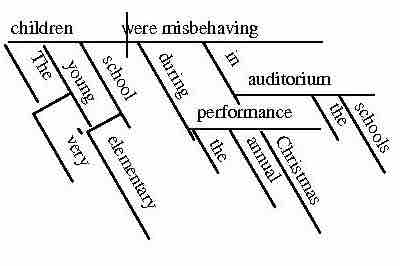Language is traditionally thought to consist of three parts: signs, meanings, and a code connecting signs with their meanings. Semiotics is the study of how signs and meanings are combined, used, and interpreted. Signs can consist of sounds, gestures, letters, or symbols, depending on whether the language is spoken, signed, or written.
Language as a whole, therefore, is the human capacity for acquiring and using complex systems of communication. A single language is any specific example of such a system. Language is based on complex rules relating spoken, signed, or written symbols to their meanings. What results is an indefinite number of possible innovative utterances from a finite number of elements.
Human language is thought to be fundamentally different from and of much higher complexity than the communication systems of other species (). Human language differs from communication used by animals () because the symbols and grammatical rules of any particular language are largely arbitrary, meaning that the system can only be acquired through social interaction. ()

A Barking Dog
Animal sounds, like a dog's bark, may serve basic communication functions, but they lack the symbolic elements of human language.

A Sentence Diagram
Human language's grammatical structure makes it unique.
Written language is the representation of a language by means of a writing system. Written language exists only as a complement to a specific spoken language. Written languages use visual symbols to represent the sounds of the spoken languages, but they still require syntactic rules that govern the production of meaning from sequences of words.
A sign language is a language which, instead of acoustically conveying sound patterns, uses manual communication and body language to convey meaning. This can involve simultaneously combining hand shapes; orientation and movement of the hands, arms or body; and facial expressions to fluidly express a speaker's thoughts. Sign languages, like spoken languages, organize elementary units into meaningful semantic units.